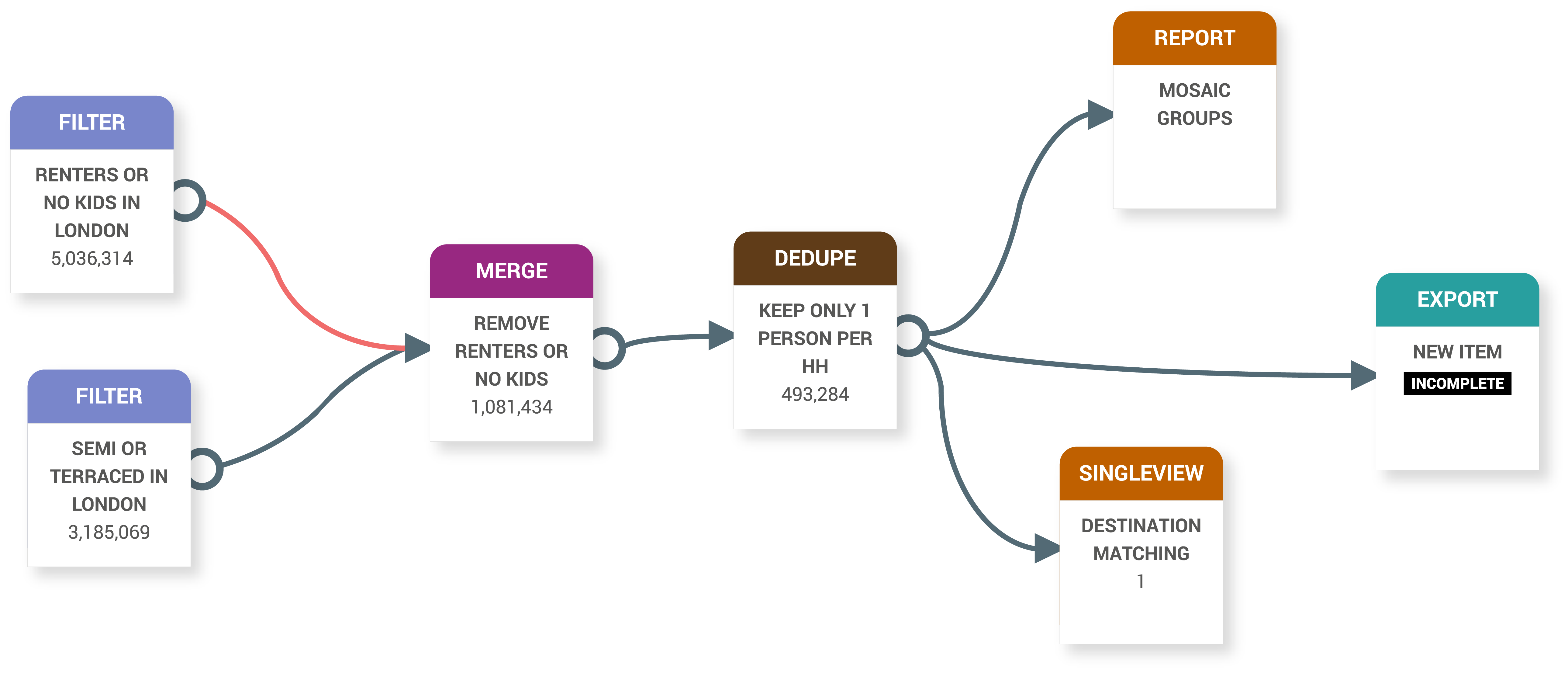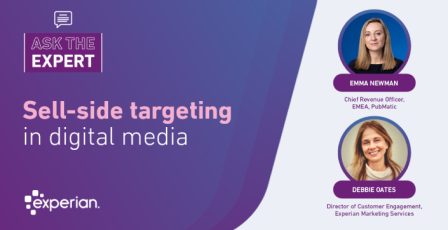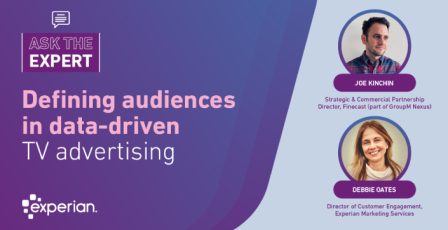Why you should consider direct mail as part of your communications strategy
Further changes to the marketing ecosphere are emerging
Over the last couple of years, we have seen a massive shift in people’s lives, in the way we work, the way we live, the way we shop and our general everyday interactions. Companies have had to evolve and adapt to a new way of working and consumers have changed their purchasing behaviours, not just in the retail environment but across the whole spectrum.
What has been critical for the success of businesses to survive is their ability to adapt and change with the ever-shifting environment. Changes to the marketing ecosphere have emerged with the death of third party cookies1. This means that digital marketing has become more complicated, as companies figure out how to reach their ideal customers at scale.
However, depending on the product or service being offered, the channel to market may differ, not all products are being marketed via digital channels, as more of us spend far more time at home, and not all consumers are digitally savvy. Therefore, there will always be a market for direct mail and other non-digital channels such as OOH or traditional print.
Consumers do not come as “one-size-fits-all” and as such, products and services which companies offer via alternative channels such as direct mail or Partially Addressed Mail will always have their “more niche” audiences. Direct mail can work in conjunction with other channels to increase the effectiveness and reach of a brand’s targeted messages.

The benefit of combining third party data and first party data is to enable businesses to gain valuable insights into their audiences and then build out communication strategies across different channels by selecting a common base of prospects/lookalikes, ones with the same characteristics, and then deploying campaigns consistently across many different touchpoints.
Identifying the right channels
To identify the right channels, it’s important for organisations to look at the make-up of their consumer base first. Profiling consumers using a segmentation or classification such as Mosaic enables brands to analyse the types of consumers purchasing certain products and often this is completely different from a campaign’s target profile:!
Once the target audience is understood, a lookalike prospect pool and suppressions (most brands don’t want to sell the same product to an existing customer) can then be created. These selections can be used with third party data to reach similar consumers at scale across a variety of different channels.
Although third party cookies are being phased out, the use of third-party data for mailing is still very much a viable and effective concept to ensure scale and reach.
Working with a company like Experian who have rigorous standards on sourcing and using consumer data (see our privacy portal for more information) means companies can be confident in their ability to reach the right consumer with the right message, using the right channel, with all due diligence undertaken.
It’s all very well and good talking about first and third party data in theory, but being able to see, use and manipulate data for any kind of campaign is key for marketers to be able to run, test and learn strategies across a wide variety of geographies and channels.
Audience Engine
Experian’s Audience Engine platform gives marketers the power and ability to do just that. Built as a secure web-based SaaS tool, it allows users to conduct several campaign planning, insight and activation tasks in a few simple clicks.
Start by using its simple and intuitive drag and drop interface to build your ideal campaign audience; by selecting from a range of Experian’s modelled attributes, propensities and segmentation group and types – and produce a count of available individuals, households or postcodes in seconds.

Users can also securely load their own first party data and create suppression and lookalike audiences for deployment across a number of destination platforms, such as Facebook, Snapchat, Connected TV and of course direct mail.
Audience Engine also supports brands Data Minimisation obligations i.e. only processing the data that is required. Rather than needing to obtain and process large volumes of data, the platform will only make available audience data that is specifically required for the necessary campaign or programme of campaigns.
The platform can be used by marketers and agencies to manage simple or complex media campaigns and many companies are already benefitting from using Audience Engine in the UK, US and Australia.
In summary, it’s a complex marketplace out there. The way brands reach consumers is evolving and new channels are being added to the marketing mix all the time, whether it be tiktok, snapchat or the next new kid on the block. Whatever strategy a brand employs to reach their target audience, there are solutions that can help them to be agile, cost effective and above all, enable easy implementation during times when they need to continuously adapt to the market needs.
How can we help?
Audience Engine helps you to make the most of rich data and insights to create powerful campaigns with targeted and effective messages. You can quickly create custom audiences and deliver one-to-one messages through direct mail, email, social media, programmatic and TV.
Create the right campaign audience using our wealth of consumer insights, or make available your own first-party data. Plan how to reach your audience based on their behaviours, and decide on the optimal channels for your campaign, across traditional and digital media.
Get in touch
Speak to an expert about testing out direct mail as part of your communication strategy.
Get in touch







